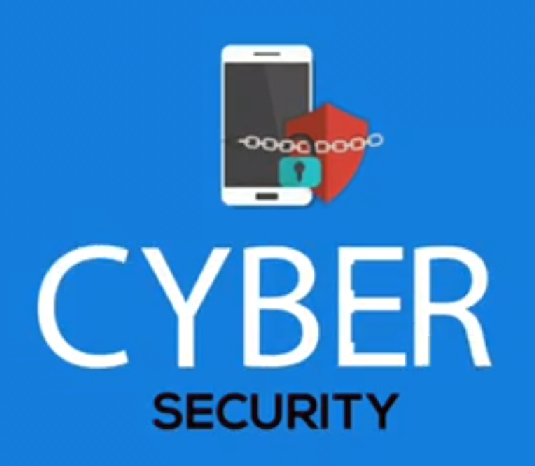TRENDS, RISKS AND SAFETY TIPS
Trends
Society’s reliance on the internet for daily activities and transactions has left it open to risks of cyber-attacks. New trends are also constantly emerging in cyberspace accompanied by new online threats. Find below some of the trending online threats and tips to safeguard yourself against them.
Online Banking Fraud
The internet is now the favoured mode for performing financial transactions checking one’s bank balance, requesting for bank statements and cheque books, upgrading debit cards and even purchasing goods online. Most of the transactions are conducted via payment cards, debit and credit cards, and electronic channels, such as ATMs. Therefore, both private and public banks as well as other financial institutions are becoming increasingly vulnerable to sophisticated cyber-attacks.
Safety Tips for Online Banking
- Onscreen Keyboard: This would be the easiest way to protect your password from being recorded by key-loggers, especially at public terminals. All banks have this option available to input username and password. A key-logger, which can be hardware or an application installed on the computer, records and passes on information about the keyboard taps you make. Using this information, it would be easy to find your username and password. While software loggers are hard to spot, hardware loggers will have to be an attachment to the terminal. However, know that an on-screen keyboard is not fool-proof by itself.
- Browsers save pages you have viewed on your computer so that it can be accessed quicker if you wish to view it again, such as when you use the 'back' button. By clearing your cache after visiting your net banking account, you make sure no one else can view the confidential information you have viewed.
- Also, don't select the option on the browser that stores or retains user name and password, i.e. auto complete. It wouldn't take too long for a program to get that information from your browser.
- Keep your operating system and browser up-to-date with the latest security patches. Install these only from a trusted website. Apart from public terminals, also avoid locations that offer online connections through wireless networks (Wi-Fi), where privacy and security are minimal.
- If you have a computer at work running on a big network, it is likely that it is much safer than your home PC. Its level of security can be measured (roughly) by how strict the limitations are on its use.
Fake News
Deliberate sharing of wrong information by people with huge followership on social media. Certain sources are known to play it fast and loose with headlines and facts. Others make up stories altogether.
Tips for recognizing fake news:
- Look at the tone of the articles on a website to get a sense of what kind of stories it produces. If featured stories are about aliens, miracle cancer cures and the like, you’ll get a sense of the seriousness of the publication, which is a good indication of its integrity.
- When checking the legitimacy of a news story, consider this:
Search keywords from the story and topic on a search engine. What results come up? If legitimate sites are running the same story, it’s likely true. But if all the search results you find cite the same original source where you found the initial story, which may be a red flag. - Check if the address of the website has an odd domain name. Other tricks include incorporating a real website’s address into its address, such as cnnrealnews.com instead of cnn.com. Another is nearly using the name of a legitimate news site but misspelling it.
- One of the biggest ways fake news sites have been effective is by tapping into people’s fears and emotions. Many fake news stories purposely play on fears and anxieties, knowing that doing so will make people follow their emotions. Take a deep breath, step back and evaluate what you’re reading and who is writing it.
Ransomware
This is a malware software that is sent to user’s computers to hold the computers hostage. An example of such, is the wannaCry ransomware attack that was targeted at computers with Microsoft operating systems by encrypting data and demanding ransom payments in the bitcoin currency.
Safety tips on Ransomware:
- Do not pay the ransom. It only encourages and funds these attackers. Even if the ransom is paid, there is no guarantee that you will be able to regain access to your files.
- Restore any impacted files from a known good backup. Restoration of your files from a backup is the fastest way to regain access to your data.
- Do not provide personal information when answering an email, unsolicited phone call, text message or instant message. Phishers will try to trick employees into installing malware, or gain intelligence for attacks by claiming to be from your service provider. Be sure to contact your service provider if you or your family or friends receive suspicious calls.
- Use reputable antivirus software and a firewall. Maintaining a strong firewall and keeping your security software up to date are critical. It’s important to use antivirus software from a reputable company because of all the fake software out there.

